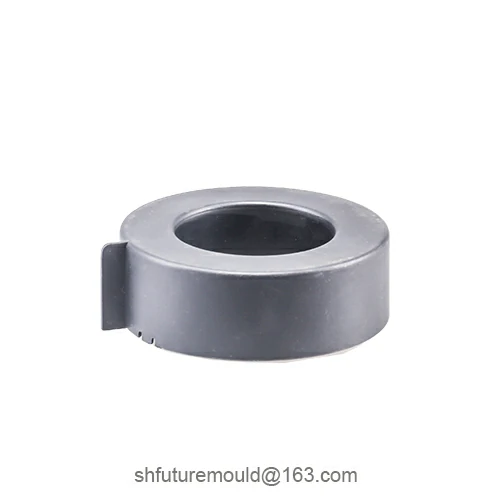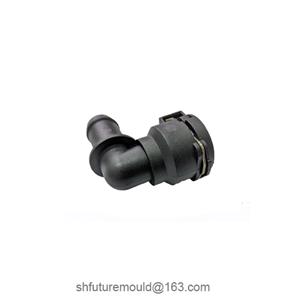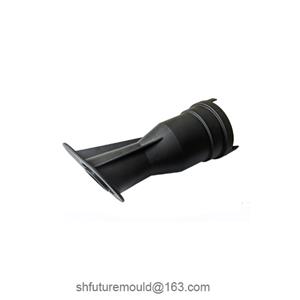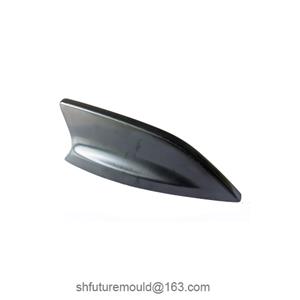The Reservation of Machining Allowance for Injection Molds
In injection mold machining, reserving an appropriate machining allowance is a crucial aspect of the design and manufacturing process. It directly affects the mold's quality, service life, and machining efficiency. A reasonable machining allowance must be determined by considering the specific mold structure, machining methods, and material properties.
1. Definition of Machining Allowance
Machining allowance refers to the extra thickness or space left on certain areas of the mold during machining to ensure precision in subsequent machining or adjustments.
2. Principles of Reserving Machining Allowance
Influence of Machining Methods
Different machining methods (e.g., milling, turning, grinding, EDM) require varying allowances.
Larger allowances are reserved during rough machining, while smaller allowances are left for finishing stages.
Material Heat Treatment and Deformation
Mold steels may deform during heat treatments such as quenching and tempering. This potential deformation must be factored into the machining allowance.
Processing Precision Requirements
Machining allowances should account for the mold's surface roughness and tolerance requirements. It is critical to avoid excessive or insufficient allowances.
Space for Subsequent Adjustments
Particularly for forming surfaces or critical fit areas, additional adjustment allowance is often left for modifications during mold trials.
3. Typical Machining Allowance Reference Values
Rough Machining Allowance
Flat Surface Machining: 1-3 mm
Cavity Surface: 2-5 mm
Semi-Finishing Machining Allowance
Flat Surface Machining: 0.5-1 mm
Cavity Surface: 1-2 mm
Finishing Machining Allowance
Flat Surface Machining: 0.1-0.3 mm
Cavity Surface: 0.2-0.5 mm
4. Allowance Reservation for Different Mold Parts
Forming Surface
Typically, a smaller allowance of 0.1-0.5 mm is reserved to achieve high precision and smoothness during subsequent adjustments.
Parting Surface
Since high machining accuracy is required, the allowance is generally 0.2-0.3 mm.
Guiding Mechanisms (e.g., Guide Pins and Bushings)
To ensure precise fits, the allowance is usually 0.1-0.2 mm.
Ejection Mechanisms
The machining allowance depends on the size and complexity of ejector pins, typically 0.2-0.5 mm.
- Injection Mold
- Automotive Injection Mold
- Electronics & Electrical Injection Mold
- Consumer Goods Injection Mold
- Airplane Components Injection Mold
- Medical Components Injection Mold
- Irrigation Components Injection Mold
- Injection Molds




